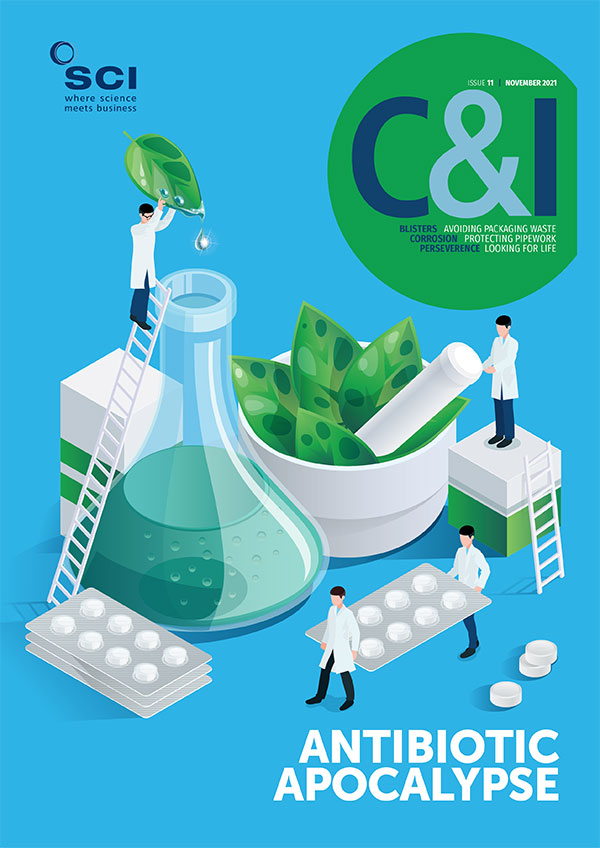Anthony King
A hydrogel tablet that rapidly purifies contaminated water could save lives. One tablet can disinfect a litre of water and make it suitable for drinking in under an hour, say its developers at the University of Texas (UT) at Austin, US.
Millions of deaths occur each year due to diseases caused by drinking unsafe water containing harmful microbes. The new hydrogels generate hydrogen peroxide to attack essential cell components and thus disinfect water (Adv. Mater., 2021, 33, 2102994), the researchers report. No harmful byproducts are generated, and 99.999% of bacteria are neutralised. After treatment, the tablets can be taken out of the water and do not leave any residues, they say.
The antibacterial hydrogels contain a catechol-functionalised chitosan network and quinone-anchored activated carbon particles. Spontaneous oxidation of catechol groups is triggered by oxygen in air and water and leads to the release of hydrogen peroxide, H2O2, from the hydrogel network. At the same time, quinone-modified activated carbon particles in the network promote reactions with various sulfur-containing groups on proteins, boosting the antibacterial effects.
Experiments demonstrated the hydrogels at lab scale, with 0.6g hydrogel tablets disinfecting 100ml of water contaminated with high levels of Bacillus subtilis, Escherichia coli and Pseudomonas aeruginosa.
‘It is anticipated that, in the practical implementation, one tablet can easily disinfect one litre of river water within an hour,’ noted lead author Youhong Guo at Texas. ‘The potential scale-up could be straightforward, with simple synthesis procedures and low materials cost. The shape and size of the final product can be easily controlled as well.’
The hydrogels could also improve solar distillation – the use of sunlight to separate water from harmful contaminants via vaporisation – say the study scientists.
‘We are currently testing the capability of our hydrogels to kill more kinds of pathogens in water. Other heavy metal ions, organic contaminants will also be considered in the future,’ explains Guo.
Meanwhile, the Austin team is conducting more thorough water quality tests and working with the UT Energy Institute to promote commercialisation with more prototypes. ‘More tests in real-life cases should be carried out before we move on to the commercialisation step,’ notes Guo.
Engineer Gang Chen at Massachusetts Institute of Technology says the hydrogels could be useful for the long-term operation of solar stills for disinfecting water. ‘I am not sure about the durability of the material, especially for solar evaporation, although the authors did test them and demonstrated they can be used for long time,’ he adds.
The hydrogen peroxide generation consumes the material. ‘This is fine for disinfecting [a] fixed amount of water, but in solar evaporation, if the materials generating H2O2 are consumed, how long can they last,’ Chen wonders.
The Texas researchers say that the costs of the hydrogel tablets are estimated at around $10/m2, at about 1cm thick. The dried gels are ultra lightweight. This makes it easy for storage in regular airtight plastic bags, notes Guo.
Image credit: Getty





